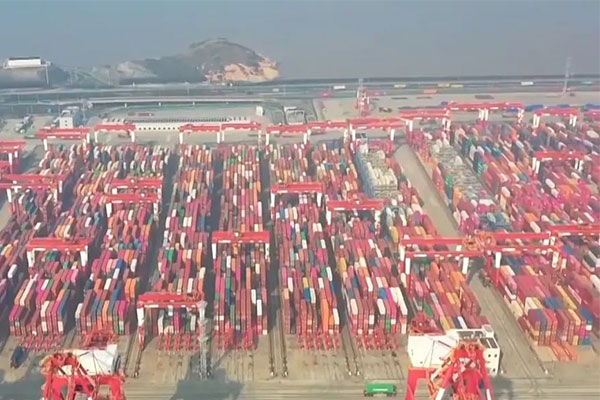
Late fee reduction: A "buffer zone" provided by customs for enterprises.
During my 20-year career in foreign trade, I've witnessed countless companies paying hefty late fees due to unfamiliarity with customs policies. In fact, the General Administration of Customs Announcement No. 27 of 2015 serves as a "buffer zone," offering eligible taxpayers opportunities for reduction or exemption. Based on my experience, as long as enterprises grasp the key points of the policy, they can effectively alleviate financial pressure while remaining fully compliant.
What circumstances qualify for reduction applications?
According to customs regulations, late fee reductions can be applied for under the following four circumstances:
- Financial Hardship Type: Payment made within 3 months after the payment deadline
- Force Majeure Type: Delays caused by natural disasters or policy adjustments
- Self-disclosure and Payment Type: Actively discovering and paying underpaid taxes after cargo release
- Special Circumstances Type: Other special circumstances approved by the General Administration of Customs
Special Reminder: Announcement No. 201732 clearly states,"Self-discovered" must comply with the voluntary disclosure procedure.. During my tenure at a Fortune 500 company, we successfully reduced millions in late fees for clients through a well-established proactive disclosure mechanism.
The "access code" for application materials
Document preparation is key to successful applications. Based on my practical experience, the following materials are essential:
- Copy of customs declaration form and supporting documents
- Copy of late fee payment notice
- Copy of tax payment receipt for paid taxes
- Self-inspection report (if applicable)
Recommend companies to establishElectronic Records Management System, these materials should be properly archived. Ive seen too many cases where enterprises missed reduction opportunities due to inability to locate original documents.
Online application "clearance guide"
Currently, 90% of applications can be processed online through "Internet + Customs" or the Single Window system. Based on my guidance experience, the process can be divided into four steps:
Step 1: System Login
After logging in, the cardholding enterprise should select the "Customs Affairs Contact System" and enter the "Other Customs Affairs Contact" module. It is recommended to use the IE browser and install the card reader driver in advance.
Step 2: Application Form Filling
On the "New Tax Late Fee Reduction" interface, the system will automatically populate the enterprise information. Manual entry is required for:
- Customs declaration number
- Late fee payment notice number
- Reason and description for reduction
Professional tips:The description of the reduction reason should be concise and highlight which type of reduction scenario it complies with. It is best to attach relevant supporting documents.
Step 3: Attachment Upload
Upload supporting documents in PDF format. Note:
- Single file should not exceed 4M
- The naming should be standardized, such as "XX Company Late Fee Waiver Application - Customs Declaration Form".
- Scanned copies should be clear and readable
Step 4: Submission and Follow-up
After clicking "Submit," you can track the progress through the "Enterprise Application Query." If the status shows "Customs Rejection," promptly supplement the materials and resubmit.
The "Three Key Points" Every Enterprise Must Know
Based on years of practical experience, I have summarized the following key points:
Time Efficiency Equals Money
Whether it is operational difficulties or force majeure circumstances,3-month payment grace periodis a hard requirement. A client once lost hundreds of thousands in late fee reductions due to being just 1 day late in payment.
Proactive Disclosure Requires Expertise
According to the inspection regulations, the following situations do not count as voluntary disclosure:
- When Customs already has clues
- When already notified of inspection
- When the report content is false
It is recommended that enterprises,at the first opportunitydisclose through official channels when issues are discovered.
Agreement Implementation Needs Close Monitoring
After the reduction is approved, Customs will sign an implementation agreement with the enterprise. Be sure to:
- Keep the original agreement
- Fulfill obligations as agreed
- Pay attention to subsequent regulatory requirements
Professional Advice: Establish Preventive Mechanisms
Rather than applying for reductions after the fact, it is better to prevent issues beforehand. I recommend enterprises:
- Establish dedicated customs compliance positions
- Set up a tax payment early warning mechanism
- Conduct regular trade compliance audits
- Maintain good communication with customs
Remember:Compliance is the best mitigation policy. Through a sound internal control system, most late payment risks can be completely avoided.
If your company is facing late payment issues, you may refer to the suggestions in this article. For any questions, you can also call the 12360 Customs Service Hotline for consultation. We hope every foreign trade enterprise can achieve steady and long-term development on the path of compliant operations!


 Follow Customer Service WeChat
Follow Customer Service WeChat